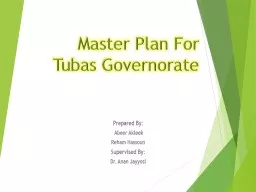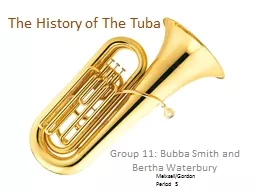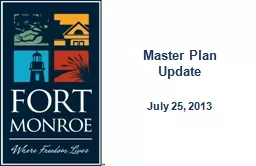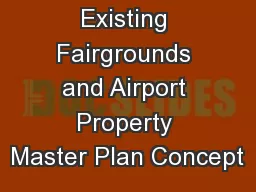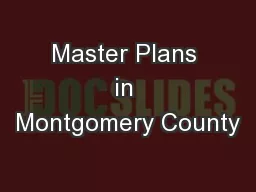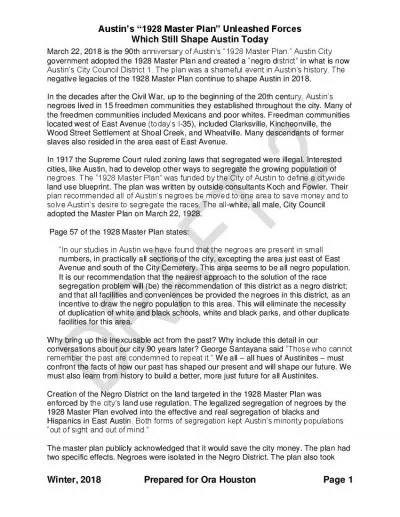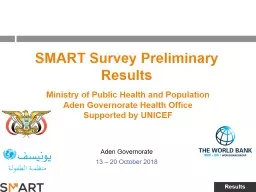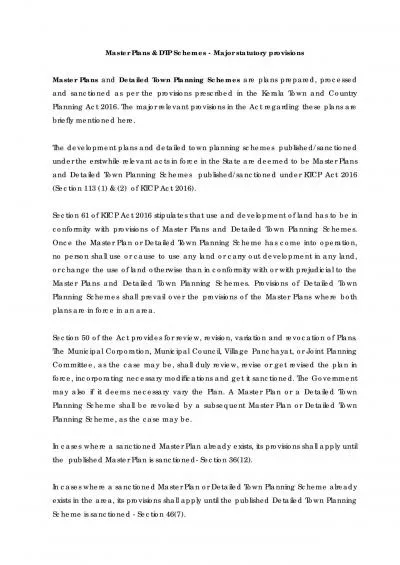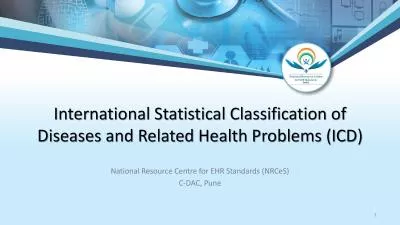PPT-Master Plan For Tubas Governorate
Author : tatyana-admore | Published Date : 2016-08-01
Prepared By Abeer Akleek Reham Hassoun S upervised By Dr Anan Jayyosi Main points Introduction Objectives Methodology Clustering Communities Bridging Water Gap
Presentation Embed Code
Download Presentation
Download Presentation The PPT/PDF document "Master Plan For Tubas Governorate" is the property of its rightful owner. Permission is granted to download and print the materials on this website for personal, non-commercial use only, and to display it on your personal computer provided you do not modify the materials and that you retain all copyright notices contained in the materials. By downloading content from our website, you accept the terms of this agreement.
Master Plan For Tubas Governorate: Transcript
Download Rules Of Document
"Master Plan For Tubas Governorate"The content belongs to its owner. You may download and print it for personal use, without modification, and keep all copyright notices. By downloading, you agree to these terms.
Related Documents

